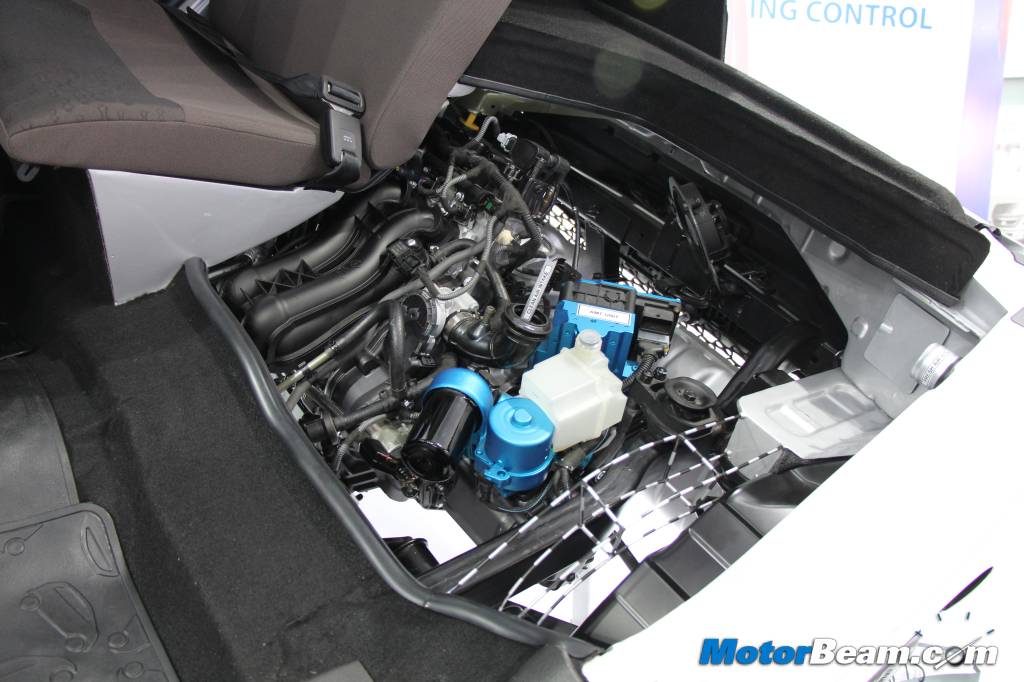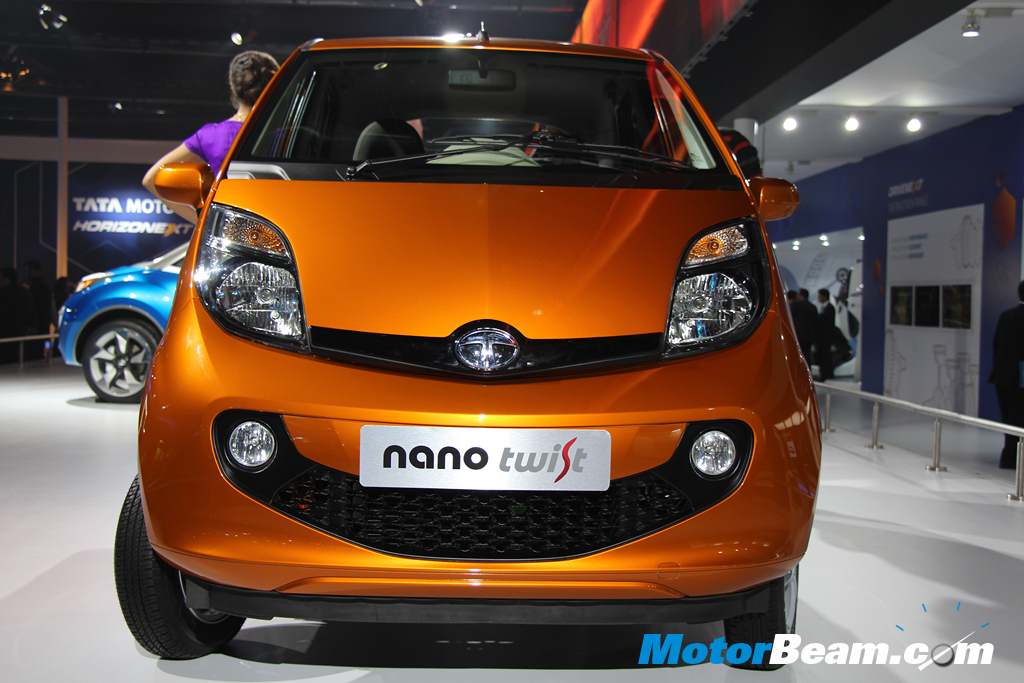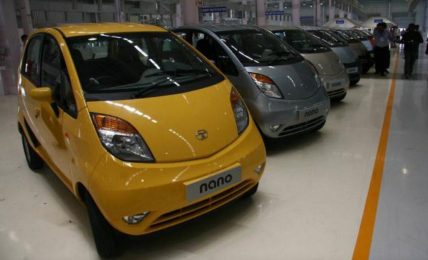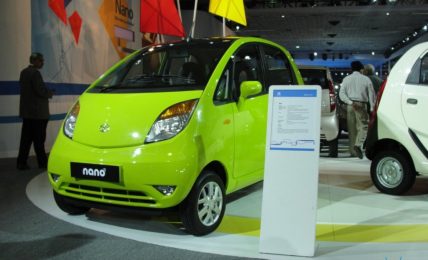
Financial Errors – Tata invested a lot of money into this project. They engineered an entirely new engine, a two-cylinder unit and built the Sanand plant in Gujarat primarily for the Nano. As one can imagine, these investments were not cheap!
Now, these costs are quite normal for a car in general. But when this car costs just a lakh, the margins are quite low, hence recovery of investments is solely dependent on the volume of sales, which is dependant on proper marketing. See how these are interlinked?
Tata also made another error by launching the Rs. 1 lakh variant from the get-go. This caused some serious stability problems in production, as sales initially skyrocketed for the base model. Tata could have waited and slowly released the base model of the Nano a few months after the launch of the car. This would have given them time to stabilise their production and remove the build quality issues the car initially had.

Consequence – The Nano failed to create a niche for itself. This meant that the Nano was seen as a rival for the Alto. The problem was that the Nano undercut the Alto so heavily in terms of price that it features and engine did not stack up against the Alto. The Nano, however, was the value king. It received immense praise by journalists for its stellar value. But the public seemed to have a different opinion, as the Alto’s sales soared, whilst the Nano’s sales slowed.
The Nano was supposed to help budget bike buyers work their way up to a car. A bike alone cannot fulfil the needs of a family.

What did Tata do? – Tata ended up embracing the competition and changed its target audience to young, urban car buyers. This was evident in 2013-14, with the introduction of new variants in the top-end. Tata launched Nano Twist variant with power steering along with an ad campaign that had the cars running on the side of the walls of buildings. Its main selling point became its nano size, and not its price now.
This improved sales but only marginally. Unfortunately, all of these factors slowly brought the sales of the Nano to the zero mark as of January 2019.




